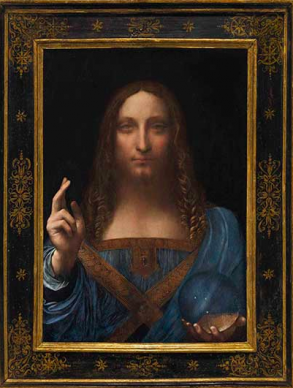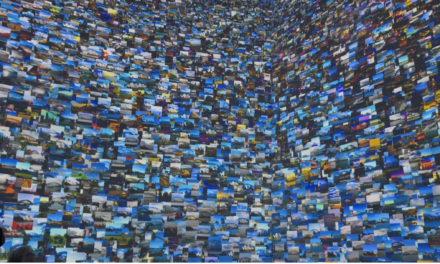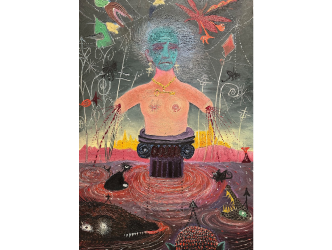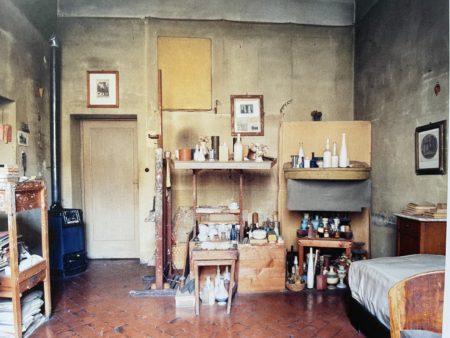
Morandi’s studio ©L Ghirri
Morandi mystery
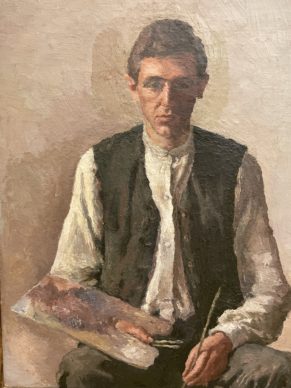
Giorgio Morandi
There is a sense of mystery about Morandi. For an artist who seems to have painted the same subject his entire life – carafes, bowls and vases in muted colours – from his tiny bedroom in Bologna, how did this painter who was both contemplative and fearful of the world, and therefore ultra-sedentary and monomaniacal, go on to become an international star.
Grenoble, Beijing, New York

Giorgio Morandi@ M Woods museum
Giorgio Morandi is currently being exhibited not only in the south of France at the sublime Museum of Grenoble, which is well worth discovering, with seventy artworks – the public health restrictions in France mean that the museum remains closed for now – but also in Beijing at the M Woods Museum, and in New York at the David Zwirner gallery, which is staging a confrontation between the Italian artist and Josef Albers.
The only exhibition I have been able to visit is, paradoxically, the only one that is closed: at the Museum of Grenoble.
Flavio Fergonzi
But I managed to interview the great undisputed specialist on the artist over Skype, the art historian Flavio Fergonzi. According to him, the mystery of repetition in Morandi’s work is linked to a certain idea of representation with the aid of circles, squares and rectangles. “For Morandi, reality could only be understood through geometry. It constitutes a tool for interpretation. He was in pursuit of an equilibrium in painting. So he pays very particular attention to the relationship between colours. It is their coexistence that gives them their very nature.” The historian also evokes Morandi’s ultimate references, the artisans for the renewal of Western painting in the 14th and 15th centuries who are Giotto and Piero della Francesca, respectively.
Wanwan Lei
The Chinese version of the Morandi exhibition has a playful and surprising origin.
I interviewed Wanwan Lei, the founder of the private Beijing M Woods Museum, along with the curator of the exhibition and artistic director of the institution, Victor Wang. Wanwan explains in the video interview that the name Morandi has long held a certain aura in China, but not in the way you might expect.
Morandi’s palette
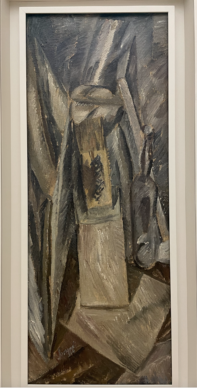
Giorgio Morandi
“Morandi” is used in the world of decoration and fashion as a term synonymous with a muted colour palette in shades of beige. Wanwan reveals that she has been using the expression “Morandi palette” on social media since 2011. According to her, it was therefore time to introduce a broader Chinese audience to the real Morandi. The exhibition, which she says has been a great success, features 80 works, many of which have come from Italy.
Magnani Rocca foundation

Giorgio Morandi
But naturally it was through seeing the works “in the flesh”, in Grenoble, that I felt the greatest emotion. The vast majority of the pieces on display here come from the Magnani-Rocca Foundation near Parma, founded by the unique collector Luigi Magnani (1906-1984), who exhaustively collected works by the Bologna painter. This allows us to clearly chart the evolution of his oeuvre.
A 9m2 studio

Morandi’s studio
For artists, the studio is a world in itself. Let’s imagine Morandi’s workspace, which was limited his entire life to his 9m2 bedroom-studio in his apartment in Bologna where he lived with his mother and his three sisters. Today it belongs to the city of Bologna and, in normal times, it is open to visitors. He remained there from 1910 to 1964 and he only travelled abroad once in his life. The smallness of his working environment explains the restrained format of his paintings.
Metaphysical paintings
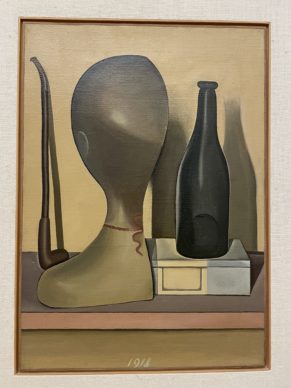
Giorgio Morandi
To save time, we can skip ahead to his initial big shock, which was the discovery of the paintings of De Chirico in magazines, in the 1910s. He would pass through cubist representations which were very of their time, inherited from Cézanne and most likely Picasso and Braque, to the idea of a metaphysical painting, or how simple objects arranged with precision are the expression of the great laws that govern the universe. At the same time Morandi was looking at Chardin’s fascinating still lifes from the 18th century which create coloured spaces within a composition, Cézanne once again and his deliberately crude volumes, and Corot’s unique viewpoints… He experimented.
His vocabulary
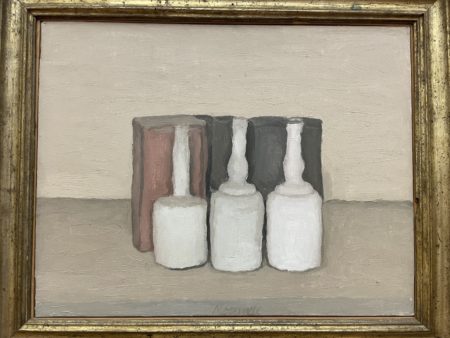
Giorgio Morandi
And it was from the 1930s that his visual vocabulary would fall into place. At the same time he became a professor of etching at the Academy of Fine Arts in Bologna, a post that he would occupy for the rest of his life.
His idea, as the director of the Museum of Grenoble, Guy Tosatto, explains, was to “touch upon something transcendent through the simplest of objects”. In this pursuit, the object itself would become an image, a still form, a coloured volume, without creating distraction. This is why the artist repainted certain vases which served as his models, for example. No transparency, no shine. He even put filters on his bedroom windows. In 1948 he won the first prize for painting at the Venice Biennale. In 1953 he won the grand prize for etching at São Paulo’s Biennial. His international career was launched.
Success
Giorgio Morandi
His solitary obsessions were garlanded with success. Morandi would produce prolifically from then on. He refined his compositions to the point of removing the shadows. One of his later works, a watercolour which we presume to be a still life dating from 1963, verges on Rothko’s colourful abstraction.
A portraitist of contemplation
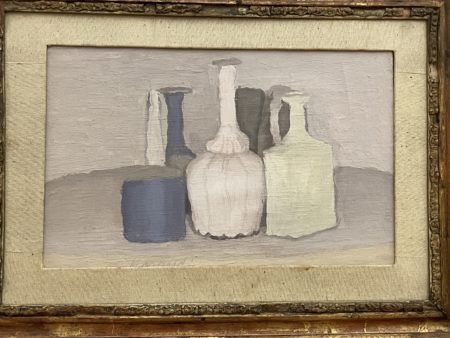
Giorgio Morandi
Morandi is a portraitist of contemplation. This most likely explains the recognition and success that he has received in China, in line with the traditional literati painting and dream stones from the former Middle Kingdom. This also explains the fascination he could invite in a world that has stopped, where many people are also confined to their rooms. A huge world contained within 9m2.
Morandi and Proust
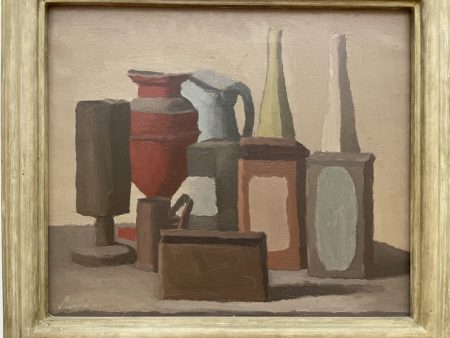
Giorgio Morandi
Guy Tosatto cites very pertinently in the exhibition catalogue a phrase by another self-quarantined genius, Marcel Proust, from his book “Temps retrouvé” (Time Regained). (See here the report with the interview of the great specialist of Marcel Proust)
Time stretches into the smallest details and in the infinite yet dispossessed weight of all suffering: “The reality that must be expressed resides, I now realised, not in the appearance of the subject but in the degree of penetration of that intuition to a depth where that appearance matters little, as symbolised by the sound of the spoon upon the plate, the stiffness of the table-napkin, which were more precious for my spiritual renewal than many humanitarian, patriotic, international conversations.”
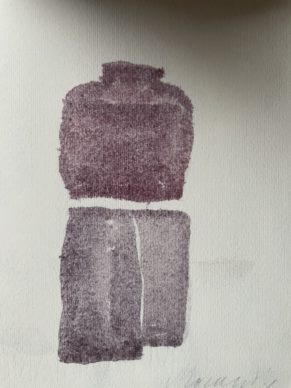
Giorgio Morandi
Support independent news on art.
Your contribution : Make a monthly commitment to support JB Reports or a one off contribution as and when you feel like it. Choose the option that suits you best.
Need to cancel a recurring donation? Please go here.
The donation is considered to be a subscription for a fee set by the donor and for a duration also set by the donor.

